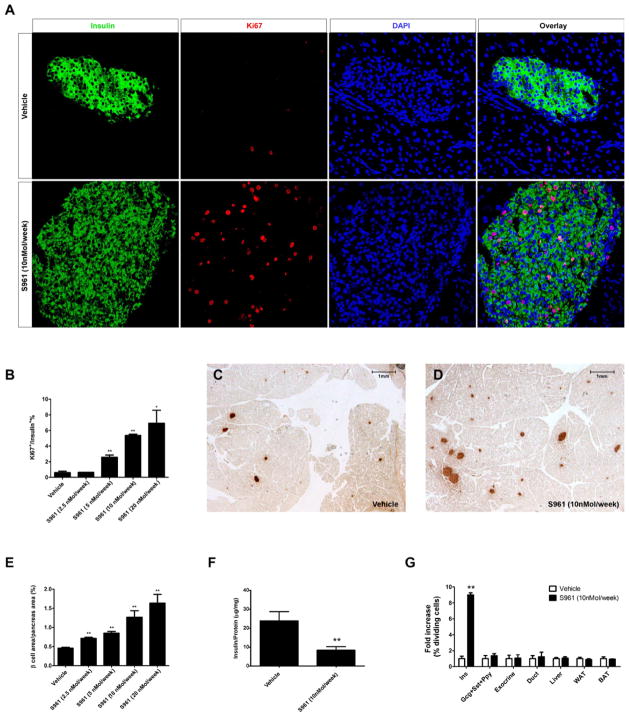Figure 2. Administration of the insulin receptor antagonist S961 induces pancreatic β cell proliferation and β cell mass expansion.
(A) S961 infused into adult mice at 10nMol/week for one week induces pancreatic β cell proliferation (shown by co-staining of Ki67 and insulin. (B) Proliferation rates of pancreatic β cells measured as percentage of dividing β cells, 7 days after S961 treatment at different doses. S961 treatment significantly increases β cell area shown by insulin immunohistochemistry (brown) (representative sections shown in C, D; β cell area as a percentage of total pancreas area in E). (n=4 in each dosage group.) (F) Total pancreatic insulin content (normalized by total protein content) in vehicle or S961 (10nMol/week) treated mice (n=3 in each group). (G) Replication rates are measured as % of cells staining for Ki67 and shown as fold increase over vehicle treatment. β cells (Ins), non-β-cell endocrine cells (Gcg+Sst+Ppy), exocrine cells, pancreatic duct cells as well as liver, white fat and brown fat after treatment of S961(10nMol/week) or vehicle treatment. n=5 for each dosage group. (* indicates that p<0.05, and ** indicates that p<0.005 compared to vehicle treatment). Data are represented as mean +/− SEM. See also Figure S1, Figure S2 and Figure S3.

